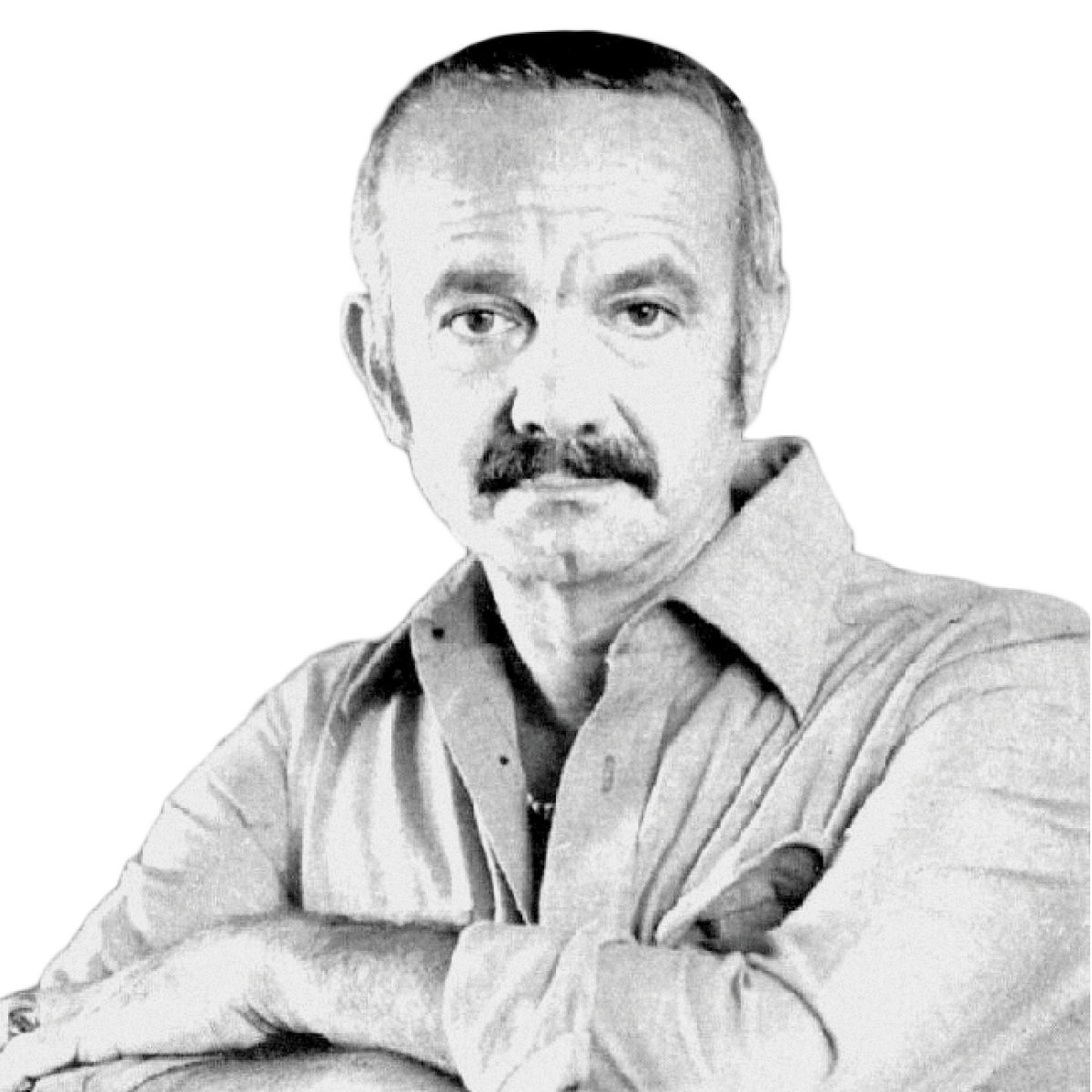
|
Sinfonía Buenos Aires, Op. 15 |
Composed: 1951 Estimated length: 26 minutes |
|
Born on March 11, 1921, in Mar del Plata, Argentina; Died on July 4, 1992, in Buenos Aires, Argentina |
|
|
First performance: August 16, 1953, at Buenos Aires University Law School, with Fabien Sevitzky conducting. |
|
|
First Nashville Symphony performance: November 19, 2009, with Music Director Giancarlo Guerrero conducting at Schermerhorn Symphony Center. |
|
Buenos Aires taught Astor Piazzolla the secrets of the tango, the composer once observed: secrets that he learned “in a cold room in a boarding house, in the cabarets in the 1940s, in the cafes with balconies and orchestras, in the people of yesterday and today, in the sounds of the streets.” He also singled out two great teachers from the classical world: Nadia Boulanger and fellow Argentine composer Alberto Ginastera.
What Piazzolla learned from Ginastera is especially evident in Sinfonía Buenos Aires (subtitled Tres Movimientos Sinfonicos). In 1941, Piazzolla embarked on five years of private study with Ginastera, who lived across town in Buenos Aires, and who developed a reputation as one of Argentina’s leading 20th century musical innovators. He followed a humanist philosophy and emphasized interdisciplinary inspiration from the arts and the importance of seeking out developments in painting, literature, theater, and film. “In those days,” recalled Piazzolla, “with the majority of my colleagues, I could only talk about soccer and gambling.”
It was in this period that Piazzolla began writing works modeled on classical repertoire. This classical period culminated in Sinfonía Buenos Aires. (The manuscript score bears the title Buenos Aires: Tres Movimientos Sinfonicos.) Piazzolla’s score won a contest administered by Fabien Sevitzky (a nephew of new music champion Serge Koussevitzky), which provided a scholarship to study in France.
The audience at the Buenos Aires premiere included a small but vocal group of opponents who shouted disapproval. Some objected to the use of the popular folk sounds of the bandoneon (button accordion, a signature instrument of tango bands) in the middle of a symphony orchestra. Other naysayers were uncompromising purists who denounced the composer for challenging the traditions of the tango. But Piazzolla’s innovations would radically expand the expressive range of this genre as well as the vocabulary of contemporary classical music.
WHAT TO LISTEN FOR
Designed as three-movement symphonic triptych, Sinfonía Buenos Aires begins with bold, brassy gestures. Piazzolla’s taste for arresting percussive effects adds color to the often digressive musical flow of the Stravinsky-inspired first movement. The composer rightly believed that Ginastera made orchestration “one of my strong points.”
The second movement includes memorable solos—the clarinet passage leading to a tango-driven episode—and a tempestuous climax reminiscent of The Rite of Spring. The fiery momentum of the third movement integrates the rhythmic elements that are Sinfonía’s engine.
Scored for piccolo, 2 flutes, 2 oboes, English horn, 2 clarinets, E-flat clarinet, bass clarinet, 2 bassoons, contrabassoon, 4 horns, 3 trumpets, 3 trombones, tuba, timpani, percussion, piano, and strings
− Thomas May is the Nashville Symphony's program annotator.